Once beloved and widely served, these restaurant staples have quietly slipped off menus across America. Whether phased out due to changing tastes, health concerns, or rising costs, these 21 iconic dishes are now rare sightings—if you spot one, you’re looking at a culinary time capsule.
1. Liver and Onions

Liver and onions, once a fixture on diner and steakhouse menus, has become a rarity. The dish, rich in iron and flavor, appeals to a niche crowd today. Younger generations, often deterred by its strong taste and unique texture, choose more contemporary options.
In its heyday, this meal symbolized comfort and nutrition. Many recall family dinners where liver and onions were served with enthusiasm. However, changing dietary preferences and the rise of plant-based diets have contributed to its decline.
For those who still indulge, it’s a nostalgic trip back to simpler times. Yet, as culinary trends evolve, liver and onions find themselves increasingly absent from the spotlight, making it a hidden gem for the adventurous eater.
2. Steak Diane
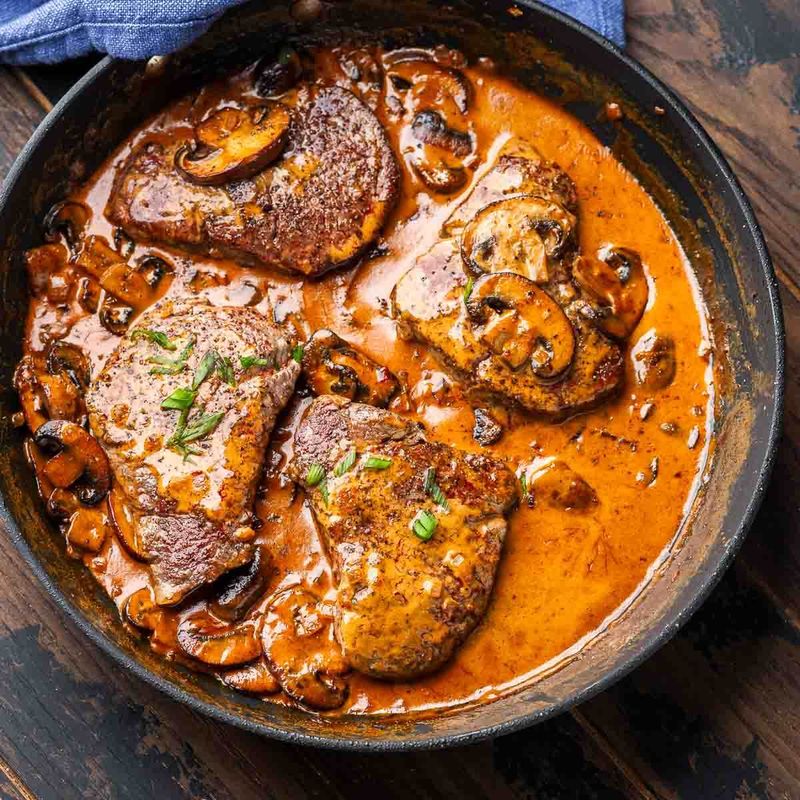
Steak Diane, a symbol of mid-20th-century elegance, once thrilled diners with its tableside flambé. The dish featured tender steak cooked in a rich mushroom sauce, a true delight for lovers of classic cuisine.
The decline of formal dining and the rise of casual eateries led to its gradual disappearance. Today’s diners often seek quicker, less ceremonious meals, leaving Steak Diane as a memory of gastronomic theater.
For those who experienced its charm, it evokes the glamour of a bygone dining era. Its absence from modern menus marks the end of an age where dining out was as much about the experience as the meal itself.
3. Aspic (Meat or Vegetable Gelatin Mold)
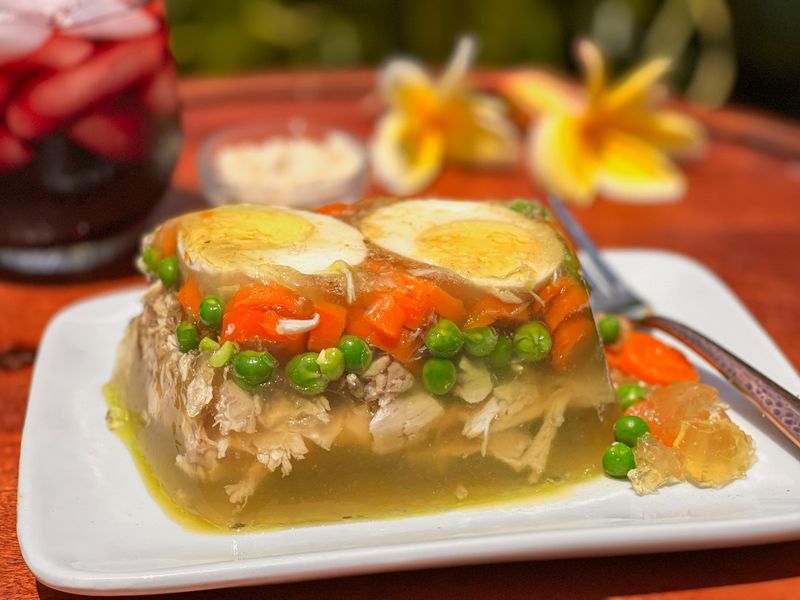
Aspic molds, once a staple of elegant dining, have largely vanished. These gelatinous creations, filled with meats or vegetables, were a visual spectacle. Popular in the 1950s, they graced many a buffet and holiday spread.
Over time, their appeal waned. Modern diners often find the texture unappealing, preferring fresher presentations. The decline of formal dining settings also contributed to their fall from favor.
Though rarely seen today, aspics hold a place in culinary history as symbols of bygone sophistication. For culinary historians and enthusiasts, they offer a glimpse into past culinary trends that celebrated aesthetics as much as flavor.
4. Cherries Jubilee
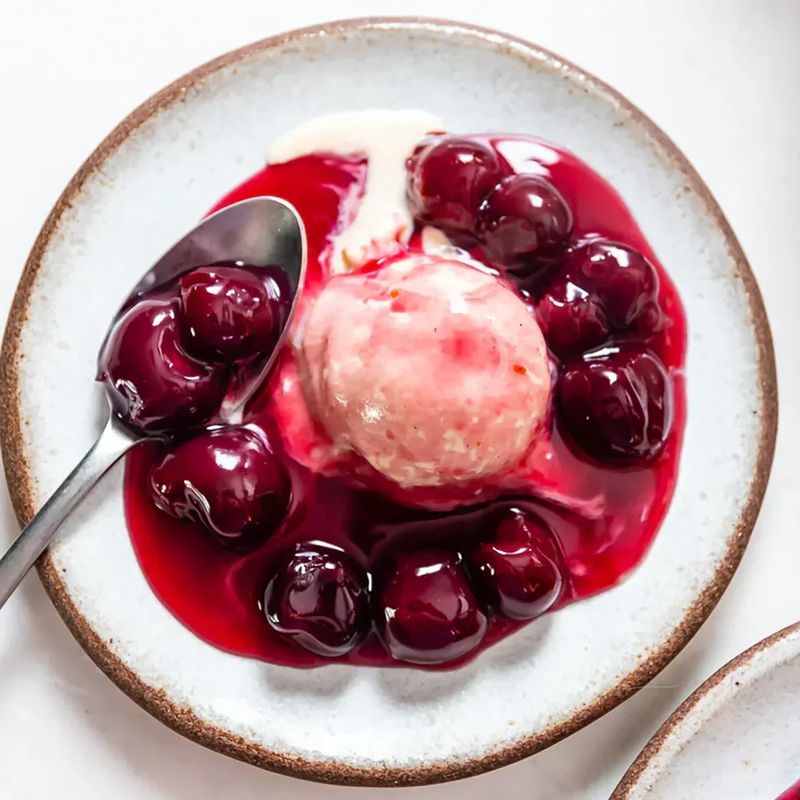
Cherries Jubilee once dazzled diners with its fiery presentation. This flambéed dessert, combining cherries and brandy, was a mid-century marvel. It brought drama to the dining table, often served with flair at upscale establishments.
The decline began as dining trends shifted towards simpler and healthier desserts. Modern palates, seeking less sugary indulgences, left this classic behind. Yet, its flamboyant preparation remains a fond memory for those who witnessed its magic.
Today, spotting a cherries jubilee on a menu is akin to finding a culinary relic. For dessert aficionados, it offers a taste of nostalgia blended with culinary theatrics. Its disappearance marks the end of an era where table-side dessert performances were a dining highlight.
5. Beef Wellington

Beef Wellington, a masterpiece of culinary art, is now a rare find. This dish, featuring tender beef fillet encased in flaky pastry, was once synonymous with fine dining. Its labor-intensive preparation and high cost led to its gradual disappearance.
In the past, it was a showstopper at dinner parties and special occasions. The combination of flavors and textures made it a favorite among gourmets. However, the rise of simpler and quicker meals pushed it aside.
For those who appreciate traditional cooking, Beef Wellington remains an exercise in culinary excellence. Its scarcity in restaurants today highlights a shift towards convenience over craftsmanship, leaving this dish as a cherished memory for food lovers.
6. Veal Parmesan

Veal Parmesan, once a popular choice at Italian eateries, has seen its star dim. This dish, featuring breaded veal cutlets topped with marinara and cheese, was a staple of classic Italian-American cuisine.
Rising costs and ethical concerns regarding veal production have influenced its decline. Diners have shifted preferences towards chicken parmesan, seen as a more ethical and cost-effective choice.
Despite its reduced presence, veal parmesan remains a beloved memory for those who enjoyed its rich flavors. Its history reflects changing dietary ethics and the evolution of Italian-American dining, where tradition meets the demands of contemporary society.
7. Clam Casino

Clam Casino, a Northeast specialty, has all but vanished from modern menus. This dish of baked clams, topped with breadcrumbs, peppers, and bacon, was a favorite at traditional Italian restaurants.
Over time, changing tastes and the rise of lighter seafood options contributed to its decline. Many diners now opt for raw or grilled clams, seeking fresher and less caloric alternatives.
While Clam Casino may be rare today, it remains a cherished memory for those who frequented the Italian eateries of yesteryear. Its flavors capture the essence of coastal dining, where the sea’s bounty was celebrated with rich, hearty preparations.
8. Chicken à la King

Chicken à la King, once a cafeteria staple, is now a rarity. This creamy dish, featuring diced chicken, mushrooms, and peppers, was beloved for its comforting flavors and versatility.
As tastes shifted towards lighter, more diverse fare, Chicken à la King slowly disappeared. Modern diners often seek dishes with fresh ingredients and global influences, leaving this classic behind.
For those who remember its creamy goodness, it conjures images of family dinners and simpler times. Its absence highlights the culinary shift towards innovation and health-conscious dining that defines today’s gastronomic landscape.
9. Oysters Rockefeller
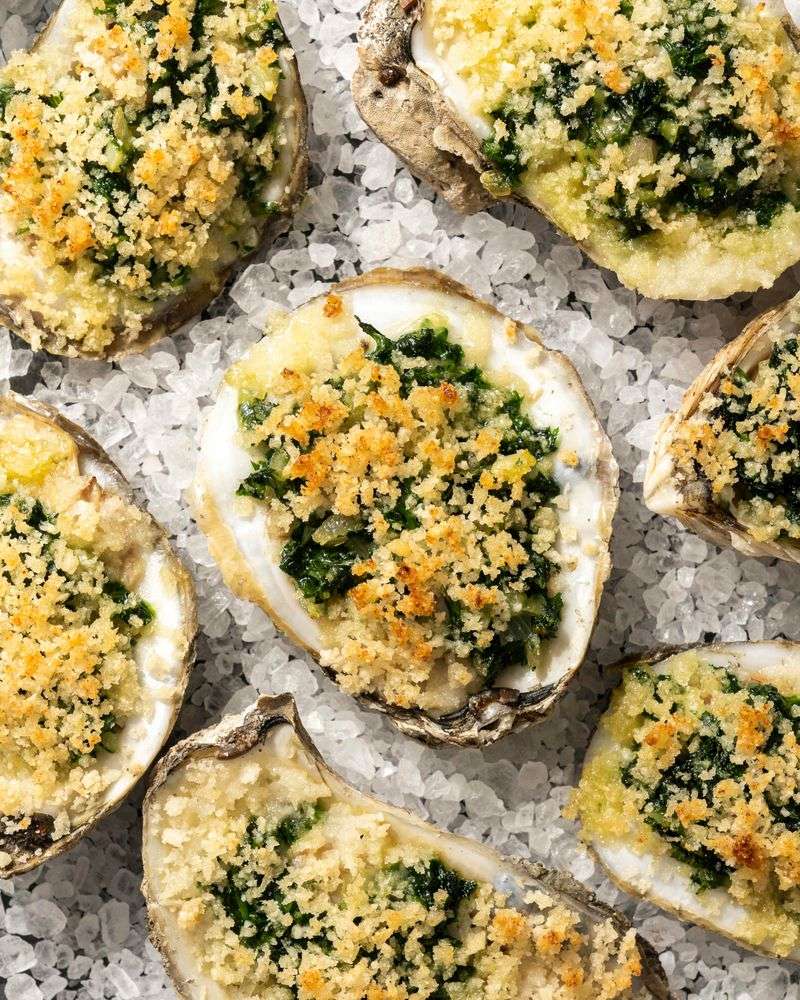
Oysters Rockefeller, once the epitome of sophisticated dining, now seldom graces menus. This dish of baked oysters topped with green sauce and breadcrumbs was a triumph of early 20th-century cuisine.
The decline of formal dining and the rise of raw oyster bars contributed to its fading popularity. Today’s diners often seek simpler, more natural presentations, leaving Oysters Rockefeller in the past.
Despite its rarity, it still holds a place in culinary lore, celebrated for its rich flavors and luxurious appeal. For those who seek a taste of classic extravagance, Oysters Rockefeller offers a glimpse into a bygone culinary world.
10. Jell-O Salad
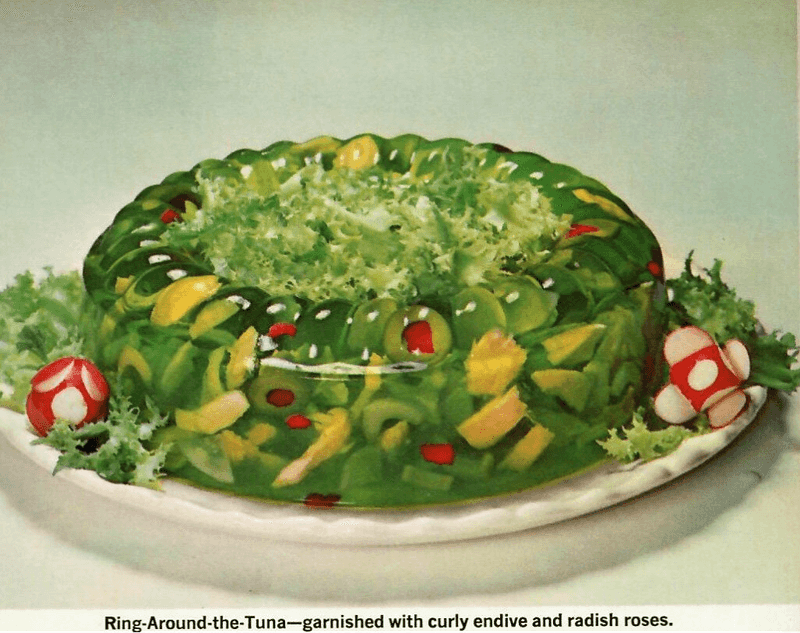
Jell-O salads, once ubiquitous at potlucks and diners, have all but vanished. These colorful gelatin concoctions, often mixed with fruits or vegetables, were a hallmark of mid-century entertaining.
As culinary trends evolved, their appeal waned. Modern tastes favor fresher, less processed options, leaving little room for these nostalgic desserts. The rise of health-conscious eating further contributed to their decline.
For those who remember them, Jell-O salads evoke memories of family gatherings and festive occasions. Their disappearance marks a shift towards more natural and innovative desserts that prioritize flavor and nutrition over novelty.
11. Duck à l’Orange

Duck à l’Orange, a classic French dish, has become a rare find. Its combination of roasted duck and tangy orange sauce made it a favorite among gourmet diners.
As American tastes shifted towards simpler and more global fare, dishes like Duck à l’Orange fell out of favor. Today’s diners often seek more accessible and less time-intensive meals.
Yet, for those who appreciate French cuisine, it remains a symbol of culinary elegance. Its scarcity on modern menus reflects a broader trend towards simplified dining, where complexity is often sacrificed for convenience and innovation.
12. Pot Roast (as an Entrée Special)
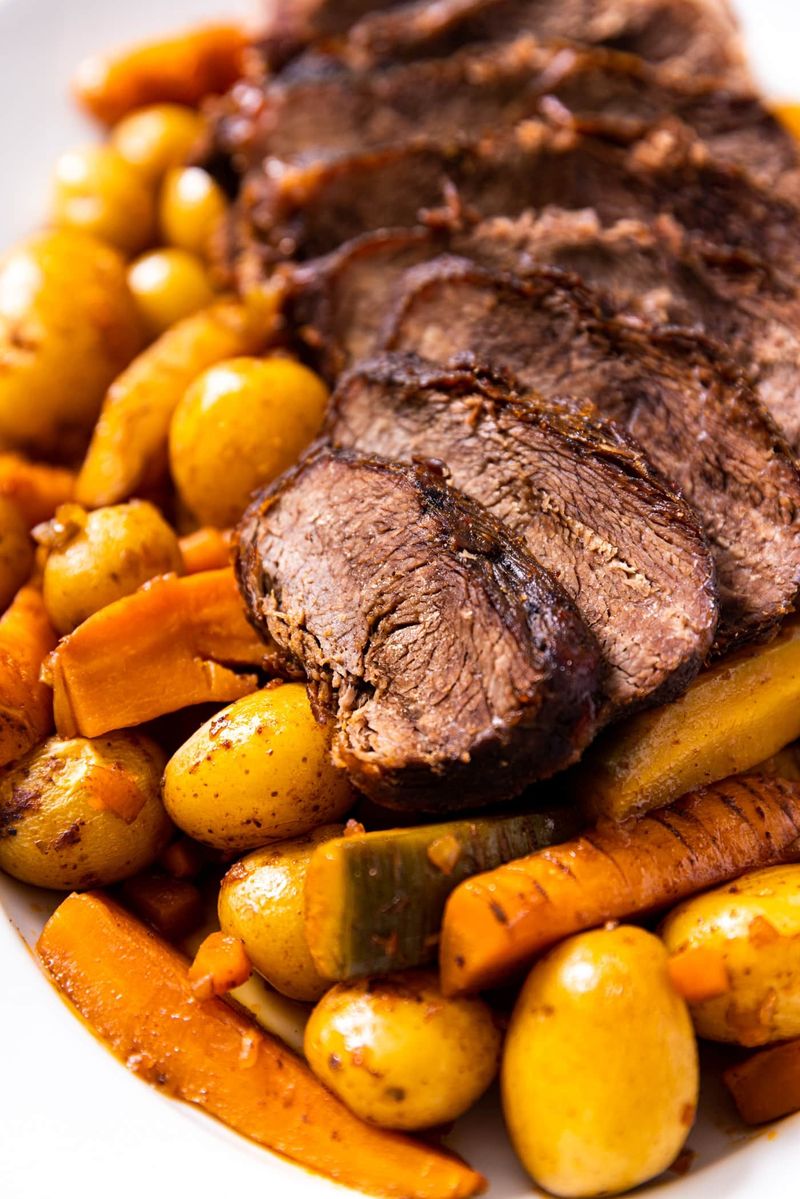
Pot roast, once a staple entrée special, is now mostly homemade. This hearty dish, featuring slow-cooked beef and vegetables, epitomized comfort food.
The rise of fast-casual dining and meal kits made pot roast less common in restaurants. Modern menus often focus on quicker and trendier options, leaving traditional dishes behind.
For many, pot roast remains a cherished memory of family meals and Sunday dinners. Its decline on menus highlights a shift towards convenience and speed, where the labor of love in cooking is often reserved for home kitchens.
13. Stuffed Bell Peppers

Stuffed bell peppers, once a diner favorite, are now a culinary rarity. These peppers, filled with a mixture of rice and meat, were a staple of mid-century American dining.
As culinary tastes evolved, more modern and fusion dishes took center stage. Diners now often opt for fresher and more innovative meals, moving away from traditional fare.
Despite their reduced presence, stuffed bell peppers hold nostalgia for those who enjoyed their comforting flavors. Their decline on menus signifies a broader trend towards culinary diversity and innovation, where classic dishes make way for new creations.
14. Baked Alaska

Baked Alaska, a dessert spectacle, has largely vanished from menus. This dish, featuring ice cream and cake encased in meringue, was once a highlight of fine dining.
Its complex preparation and changing dessert trends led to its decline. Modern diners often prefer simpler and more readily available sweets, leaving Baked Alaska as a memory of culinary theater.
For those who experienced its magic, it remains a symbol of elegance and creativity in dessert-making. Its absence highlights a shift towards practicality and simplicity in modern dining, where dessert is often an afterthought rather than a centerpiece.
15. Shrimp Louie Salad
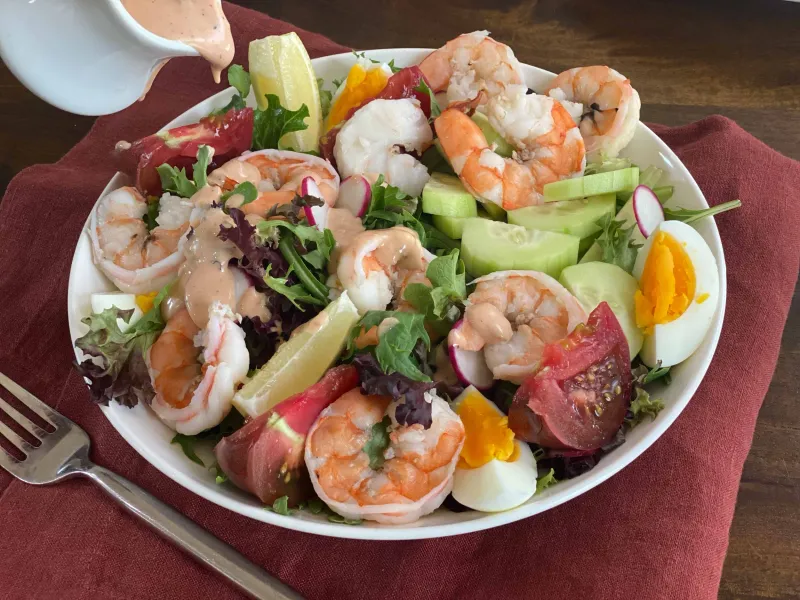
Shrimp Louie Salad, a West Coast classic, is now a rare treat. This salad, featuring chilled shrimp, iceberg lettuce, and creamy dressing, was once a staple at seafood restaurants.
As culinary trends embraced kale, quinoa, and avocado, traditional salads like Shrimp Louie faded. Modern diners often seek healthier and trendier options, leaving this classic behind.
For those who remember its freshness, Shrimp Louie offers a taste of nostalgia and simplicity. Its decline reflects a broader shift towards innovation and health-conscious dining, where traditional salads are often overshadowed by new favorites.
16. Deviled Crab

Deviled crab, once a coastal favorite, is now scarcely seen. This dish, featuring seasoned crab meat baked in its shell, was a staple of Southern seafood cuisine.
Changing dietary preferences and the rise of crab cakes led to its decline. Many diners now opt for these more popular alternatives, reducing the demand for traditional preparations.
Yet, deviled crab remains a cherished memory for those who savored its rich flavors. Its disappearance from menus highlights a shift towards more familiar and widely accepted seafood dishes, where innovation often takes precedence over tradition.
17. Boiled Ham with Pineapple Rings

Boiled ham with pineapple rings, a retro favorite, has mostly vanished. This dish, often seen at buffets and holiday tables, was a symbol of mid-century entertaining.
Changing culinary tastes and the rise of more diverse holiday fare contributed to its decline. Modern diners often seek fresher, less processed options, moving away from traditional dishes.
For those who remember its sweet and savory appeal, this dish evokes memories of festive gatherings. Its absence highlights a shift towards culinary diversity, where classic holiday dishes are often replaced by more contemporary and innovative options.
18. Corned Beef Hash (Freshly Made)

Freshly made corned beef hash, once a brunch staple, is now rare. This dish, featuring corned beef and potatoes, was beloved for its hearty flavors and satisfying comfort.
The rise of gourmet brunch menus and convenience foods led to its decline. Many diners now opt for trendier and more innovative breakfast offerings, leaving traditional dishes behind.
For those who appreciate its rustic charm, corned beef hash remains a taste of nostalgia. Its reduced presence highlights a shift towards modern brunch trends, where simplicity and tradition often give way to innovation and experimentation.
19. Salmon Mousse

Salmon mousse, once a trendy appetizer, has largely disappeared. This dish, featuring creamy salmon spread on crackers, was a staple of mid-century cocktail parties.
As tastes evolved, its rich and velvety texture fell out of favor. Modern diners often prefer fresher and less processed appetizers, leaving salmon mousse behind.
For those who enjoyed its elegant simplicity, it remains a symbol of retro sophistication. Its absence highlights a shift towards more contemporary appetizers that prioritize flavor and freshness, where innovation often supersedes tradition.
20. Soufflé (Savory or Sweet)

The soufflé, whether savory or sweet, has become a rare treat. This delicate dish, known for its airy texture and rich flavors, was once a hallmark of fine dining.
Its labor-intensive preparation and the rise of more stable desserts led to its decline. Modern diners often seek more dependable and less time-consuming options, leaving the soufflé as a cherished memory.
For those who appreciate its elegance, the soufflé remains a testament to culinary artistry. Its rarity on menus today highlights a shift towards practicality and reliability in dessert offerings, where ease often trumps tradition.
21. Frog Legs

Frog legs, once considered an exotic delicacy, have become scarce. This dish, often served with garlic butter, was a fixture of upscale American and French-inspired restaurants.
Squeamish diners and sourcing challenges contributed to its decline. Many modern eaters opt for more familiar proteins, leaving frog legs as a rare find.
For adventurous palates, frog legs offer a taste of culinary daring. Their disappearance highlights a shift towards more conventional dining choices, where traditional delicacies often make way for more easily accessible options.


